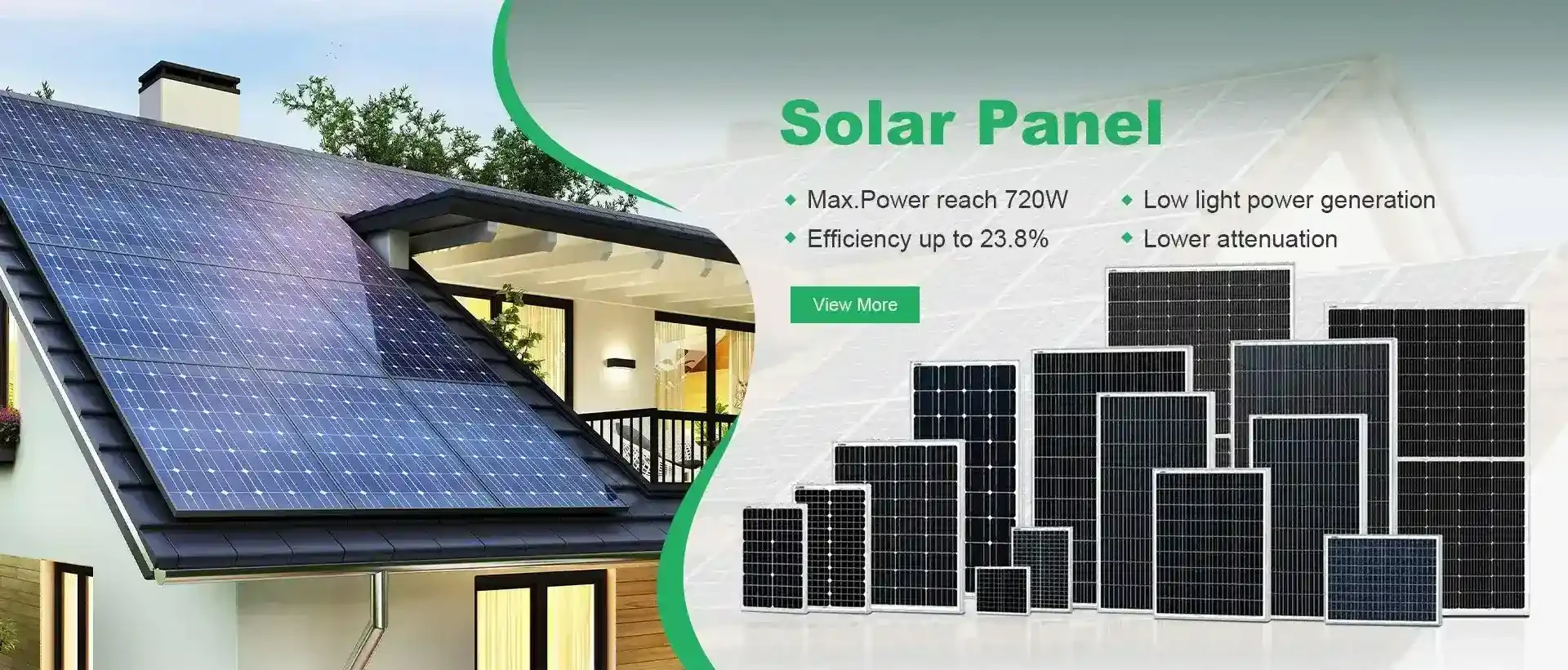mono bifacial solar panel
Understanding Mono and Bifacial Solar Panels A Comprehensive Overview
Solar energy has emerged as one of the most reliable and sustainable sources of electricity generation in recent years. As technology has progressed, various types of solar panels have been developed, with mono and bifacial solar panels gaining significant attention due to their efficiency and effectiveness. In this article, we will explore the key characteristics, advantages, and applications of mono and bifacial solar panels.
Mono Solar Panels A Reliable Choice
Monocrystalline solar panels, commonly referred to as mono solar panels, are made from a single crystal structure. The production process involves cutting thin wafers from a single crystal of silicon, which results in a higher purity level compared to other types of solar panels. This high purity translates into higher efficiency rates, typically ranging from 15% to 22%.
One of the key benefits of mono solar panels is their space efficiency. Given their high efficiency, mono panels can generate more electricity per square foot compared to polycrystalline or thin-film panels. This makes them an ideal choice for residential rooftops or limited-space applications. Additionally, their sleek black appearance is often preferred aesthetically, making them a popular choice among homeowners.
Another important aspect of mono solar panels is their performance in low-light conditions. They tend to perform better than their counterparts on cloudy days or during dawn and dusk, providing a more stable energy output throughout the day.
Bifacial Solar Panels Harnessing Light from Both Sides
Bifacial solar panels represent a newer innovation in solar technology. Unlike traditional solar panels, bifacial panels are designed to capture sunlight on both sides, maximizing the solar energy harvested. These panels are typically made of monocrystalline cells, which are layered between two slices of glass, allowing light to enter from both sides.
mono bifacial solar panel

One of the primary advantages of bifacial solar panels is their enhanced energy generation capacity. They can increase energy output by 10% to 30% or more, depending on the installation environment. This increase is primarily due to the reflection of sunlight from surrounding surfaces, such as the ground or water, which allows the rear side of the panel to capture additional light. As a result, bifacial solar panels are particularly effective in areas with reflective surfaces like white rooftops or highly reflective terrain.
Another significant benefit of bifacial panels is their durability. The use of glass on both sides reduces the risk of damage from environmental factors, such as hail or falling debris. Additionally, the lack of an aluminum frame (in many designs) reduces the likelihood of corrosion, leading to a potentially longer lifespan and lower maintenance costs.
Applications for Mono and Bifacial Panels
Both mono and bifacial solar panels have their own unique applications and suitability factors. Mono solar panels are often favored in residential settings where roof space is limited. They are also used in commercial applications where aesthetics and efficiency are critical, such as on office buildings.
Bifacial solar panels, on the other hand, are increasingly being adopted for large-scale utility projects and ground-mounted installations. Their ability to generate more electricity from the same footprint makes them particularly attractive for solar farms, where maximizing output is essential.
Conclusion
In conclusion, both mono and bifacial solar panels offer distinct advantages that cater to different energy generation needs. Mono solar panels provide high efficiency and reliable performance, making them ideal for residential and commercial applications. On the other hand, bifacial solar panels capitalize on their dual-sided design to enhance energy output, making them a preferred choice for large-scale installations.
As the demand for renewable energy continues to grow, the choice between mono and bifacial solar panels will depend on various factors including space availability, budget, aesthetics, and specific energy requirements. Understanding the characteristics and capabilities of these solar technologies is essential for making informed decisions in the transition to a greener future. Whether opting for mono or bifacial panels, the focus on harnessing solar energy can significantly contribute to sustainability efforts worldwide, reducing reliance on fossil fuels and moving towards a cleaner planet.
-
Navigating Off Grid Solar Inverter: From Use Cases to Trusted PartnersNewsAug.05,2025
-
Solar Edge String Inverter: A Wholesaler’s Guide to Inverter Technology SelectionNewsAug.05,2025
-
Microinverters: Revolutionizing Solar Energy UseNewsAug.05,2025
-
Future of Monocrystalline Solar Panel Efficiency: Latest Technological AdvancesNewsAug.05,2025
-
Solar Panels for House: A Complete Guide to Residential Solar EnergyNewsAug.05,2025
-
Panel Bifacial Performance in Snow and Low-Light ConditionsNewsAug.05,2025







